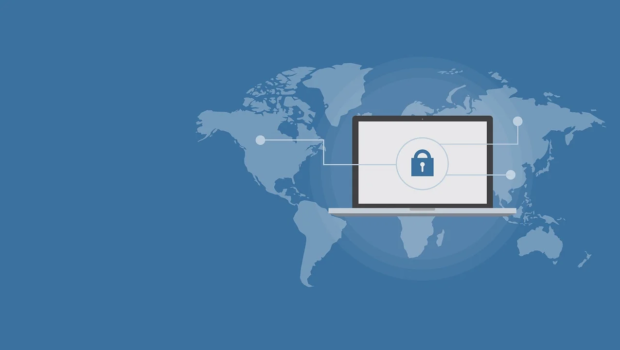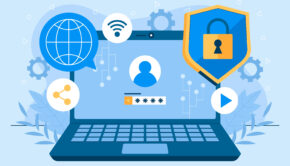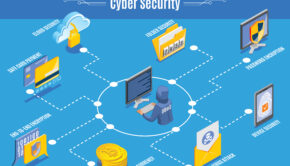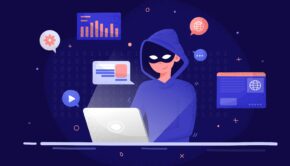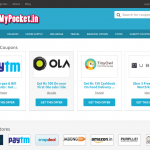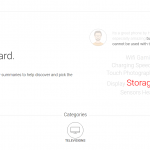Securing Devices in 2020: Key Challenges and Solutions
The threat landscape in 2020 has thrown up a whole new set of challenges for security experts and worldwide users alike. Meanwhile, the threats of old are still as present as ever in the digital realm — and are still wreaking havoc.
Combating digital nasties and keeping your devices secured is a matter of both good cybersecurity practices combined with the right tools. Gone are the days when an antivirus alone was enough, instead, users now need advanced protection.
Here, we go over four of 2020’s most pressing threats and look at four essential security protocols you need, whether you’re an individual user or represent a company.
The threats in 2020 and beyond
Remote worker security
In light of the ongoing coronavirus pandemic, plenty of the world’s workforce is still working at home and on their own networks and devices. This represents a significant risk to companies as remote staff tend to work without proper perimeter security on their networks, a measure that’s critical to good cybersecurity.
Additionally, the bring your own device (BYOD) culture that forms an essential part of working from home generates even more threats. According to predications for security researchers at WatchGuard, 25 percent of data breaches in 2020 will involve devices and staff working in places other than the office.
Cloud jacking
For many commentators, cloud jacking represents one of 2020’s most prominent cybersecurity issues owing to an increased reliance on cloud computing by both companies and individuals, but primarily the former. According to Sophos’ 2020 Threat Report, misconfigurations will be the primary factor behind many incidents.
Code injection attacks, direct to the code or via a third-party library, can be deployed against cloud providers, as noted by Trend Micro. The attacks are designed in such a way as to allow hackers to eavesdrop or make malicious changes to data in the cloud storage. Alternatively, threat actors could hamper with third-party libraries by injecting malicious codes that users accidentally download and run.
Phishing scams
While not new, phishing scams still represent one of 2020’s biggest threats. Complicating the phishing landscape this year is how hackers are capitalizing on COVID-19 by profiteering from panic. At a time when people are desperate for reliable, accurate information, they are particularly susceptible to emails and text messages that are purportedly from trusted organizations.
We saw this in action a few months ago when the World Health Organization had to issue a warning about a number of phishing scams from hackers masquerading as the WHO. The health body called the amount of misinformation running rampant an “infodemic,” and it’s the perfect breeding ground for phishing attacks.
These days, phishing is not limited to emails and text messages either, threat actors are not utilizing cloud applications to deliver phishing attempts.
Internet of Things (IoT) device security
Recent research by Fortune Business showed that the IoT market is predicted to reach $1.1 trillion in 2026. As you can imagine, the pervasive use of IoT tools and devices in both businesses and homes represents an increased level of cybersecurity threats owing to the increased number of potential access points into a network.
Smart thermostats and Alexas aren’t the devices that represent an issue either, a growing body of concern around Internet of Medical Things (IoMT) devices shouldn’t be ignored and may result in a profitable exploit for hackers.
Because most new IoT devices are novel technologies, there is plenty6 of scope for cybercriminals to exploit any vulnerabilities they find. Complicating these threats is the fact that IoT technologies are moving so fast that security experts and researchers are having a hard time keeping up.
Protecting yourself and your devices in 2020
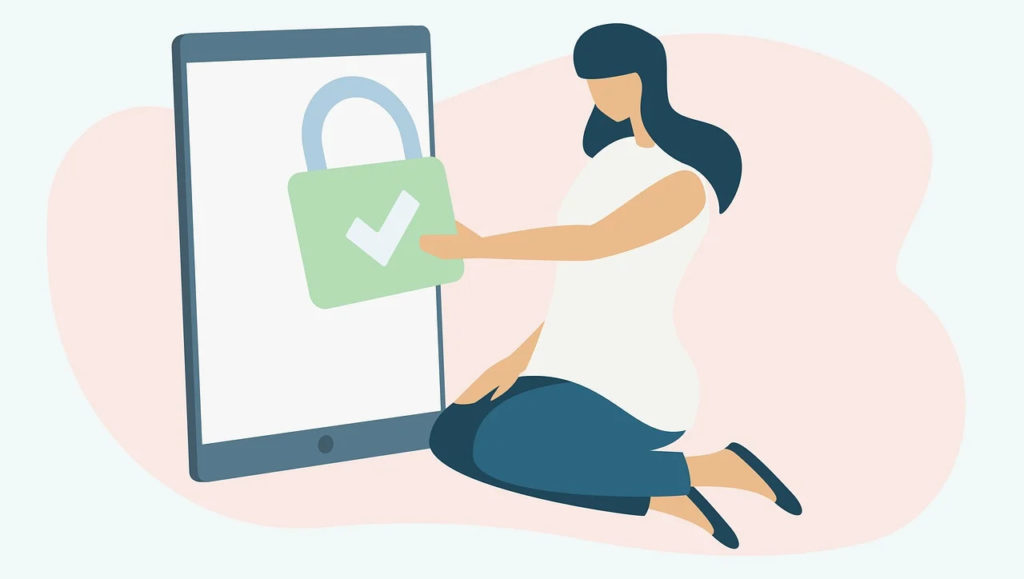
Image from pixabay.com
While you shouldn’t ditch your trusted antivirus program yet as it still does important work (read more about Windows defender vs avast), you should start looking into more advanced protection to combat the threats outline above, and many others. Here are five essential cybersecurity tools to add to your arsenal.
Enterprise-grade firewalls
Whether you’re an individual staff member working from home or the boss of the company, enterprise-grade firewall protection provides an essential layer of cybersecurity. You don’t want your staff members compromising the company network, and you definitely don’t want to be the staff member who unwittingly lets a hacker into the systems. Cloud-based firewalls may be a viable solution to remote workers’ poor perimeter security.
VPN encryption
Once primarily thought of by the general public as tools for privacy alone, Virtual Private Networks (VPNs) have emerged as one of the leading ways to bolster cybersecurity in both the public and private sphere. Far more than ensuring privacy, what VPNs do is ensure data protection through full encryption.
One nimble way VPNs can thwart threats to IoT devices is by protecting the whole network and any connected devices through a VPN router. If your home or office contains many internet-connected tools, this is a viable way to protect everything in one clean sweep.
Scanners
Scanners effectively help users filter any malicious links that appear in emails or messages. These should help avoid some of 2020’s increasingly sophisticated phishing threats. Of course, scanners are not a catch-all solution and users still need to be savvy to the nuances of phishing tactics.
Excellent cloud security measures
When selecting a cloud provider, users (whether a business or an individual) should be aware that the ultimate responsibility for data security falls on the owner of the said data. So, if you’re placing sensitive data in a cloud service, and that service fails to adequately protect the data, it is you that’s liable.
Given the above, and the predicted threats against cloud providers we outlined earlier, choosing a service with excellent security measures is absolutely critical.
Cover Credits: pixabay.com

